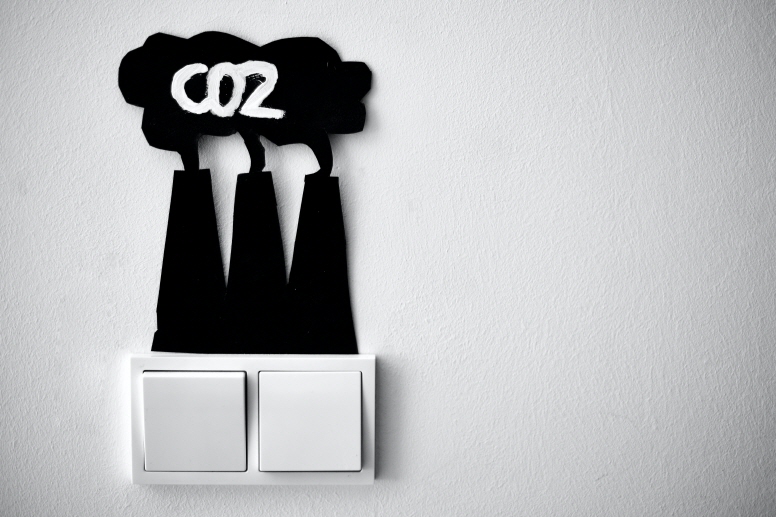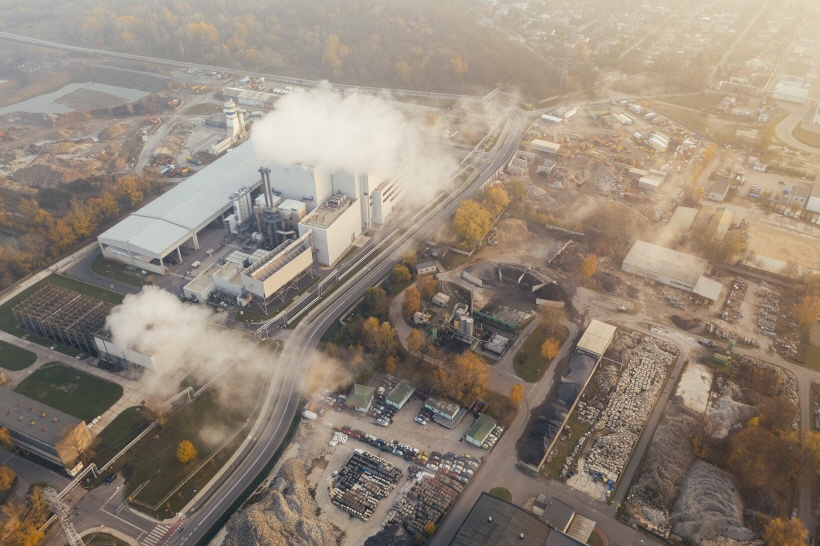
- This is PANASIA
- ESG Management
- History
- Smart PANASIA
- Contact information
 About
About
Check PANASIA introduction,
ESG management, and History
information
- Energy Solutions
- Air Solutions
- Water Solutions
 Eco-friendly Solution
Eco-friendly Solution
About Global environmental
regulation, Hydrogen business,
Air quality, and Water quality
environment solutions
- Product Service
- Service Network
- Customer Service
 Customer Support
Customer Support
Check the Panasia’s
after service
- About
- Eco-friendly Solution
- Customer Support
- Media
NEWS
Does Carbon Credit Work for Vessels?

Starting this year in 2023, the Carbon Intensity Indicator (CII) has been introduced in the shipping industry to measure the efficiency of vessels above 5,000 GT. It will show the grams of CO2 emitted per cargo carrying capacity and per mile. Assuming that data from applicable vessels are being gathered seamlessly, it will be reported no later than March 31st, 2023. This will be a significant milestone for shipping companies to start realizing the importance of reducing emissions and thinking about ways to optimize their fleet with energy-saving solutions.
While shipping companies have been preparing for this change for a number of years, there may be difficulties in terms of vessel operation or the lack of available technology or equipment in the market to adapt existing vessels to achieve a significant CO2 removal rate. However, if the market is mature enough, captured CO2 can be examined to obtain Carbon credits.
One of the ways to remove or capture CO2 from a ship's exhaust is to use an OCCS (Onboard Carbon Capture Storage) system. The concept has already been developed and is similar to land-based plants and factories that have been widely applied for a long period, which means it is a proven technology. However, some challenges such as space and CAPEX for vessels are still unsolved, and it may not be as easy as it seems.
Possibly, installing a new system onto vessels will only cause additional expenses and may only be done to comply with new regulations. It may not necessarily contribute to the performance or optimization of the vessel. So how about having a system that not only complies with regulations but also brings additional output in finance? Scrubber systems are one such example that satisfies two goals.
Now, OCCS can be substituted. Back in the 1980s, the concept of exchanging national debt with developing countries to protect natural resources was proposed, and this is how the Carbon Credit/Offset model was created. Since then, the Carbon credit market has been developed and is active mostly in Europe and the USA. In land-based CCS facilities, DAC (Direct Air Capture) captures CO2 in the atmosphere, which is then transferred to a factory or plant where the CO2 is treated as raw material. In the USA, CO2 sequestration (CO2 from DAC) will entitle you to receive $180 per ton for permanent storage or $130 per ton for EOR.

As you can see, with more rules, regulations, and tangible benefits related to reducing CO2 emissions, they will be implemented in other industries as well. For example, OCCS is a system that can capture CO2 from the exhaust gas to maintain vessels with higher CII ratings, and the captured CO2 will be compressed, liquefied, and stored in an ISO Tank or Type C tank where applicable. The LCO2 (liquid CO2) will be unloaded and transported to a factory or plant where Methanol, Dry ice, or any form of products made out of CO2 are produced. Within this transaction, there might be a certification process about the volume and recipient for unloading LCO2 from the ship, and eventually, it will be used as a raw material to produce another commodity. As soon as it applies the same in the shipping industry, which is already being discussed at IMO level, considering OCCS for your fleet can be beneficial.
For more information about OCCS from PANASIA, please visit our website.










